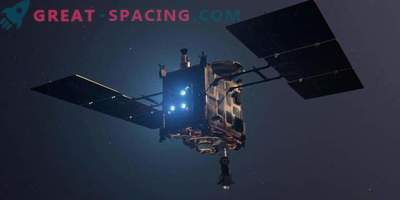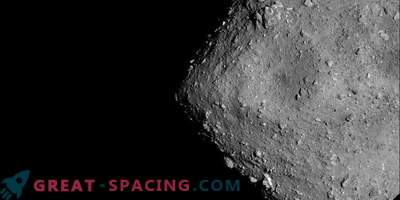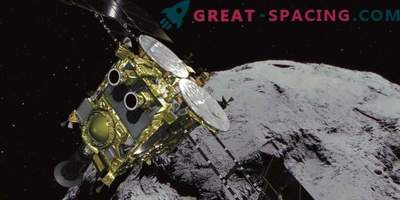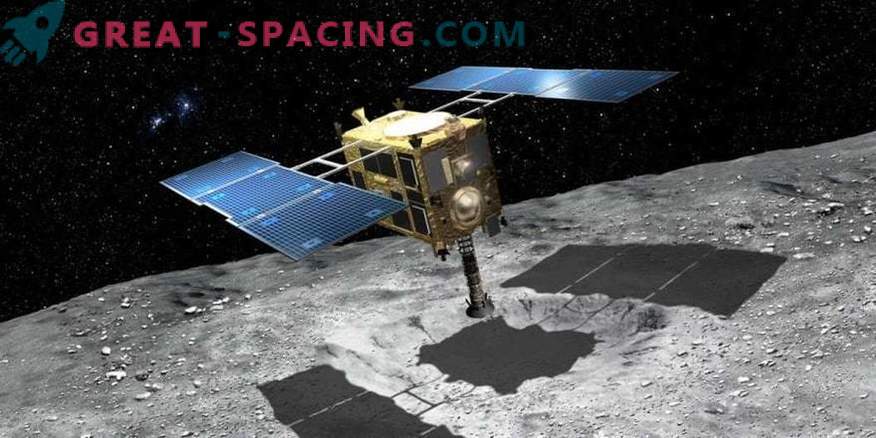
The Hayabusa-2 JAXA mission (Japan Aerospace Exploration Agency) will arrive at Ryugu asteroid in 2018. But first, astronomers need to study it from afar to understand the composition long before the spacecraft tries to land on the surface.
The Japanese spacecraft has traveled half way to bold work on an asteroid. Hayabusa-2 is expected to reach Ryugu in June-July 2018 and lower several tiny descent vehicles to the surface. The spacecraft itself will take a sample of asteroid material to study on Earth, repeating Hayabus' mission on Itokawa asteroid 10 years ago.
Of course, for such maneuvers away from home, where there is only one attempt, technical accuracy is important. So, while Hayabusa is moving to the object, astronomers are looking at it from all sides to learn about the properties.
“Before sending an interplanetary mission to a small body, it is important to know its exact orbit and properties,” said Thomas Muller, a co-investigator of thermal infrared imager Hayabus.
The latest research is based on an analysis of the results of the European Space Observatory in Herschel (April 2012) and the NASA Spitzer Space Telescope (from January to May 2013). Astronomers tried to compare the rotation of the object using the light curve (the change in light observed from the Earth), which, in turn, led to an estimate of the rotation and surface composition. The report was recently published in the journal Astronomy and Astrophysics (Astronomy & Astrophysics).
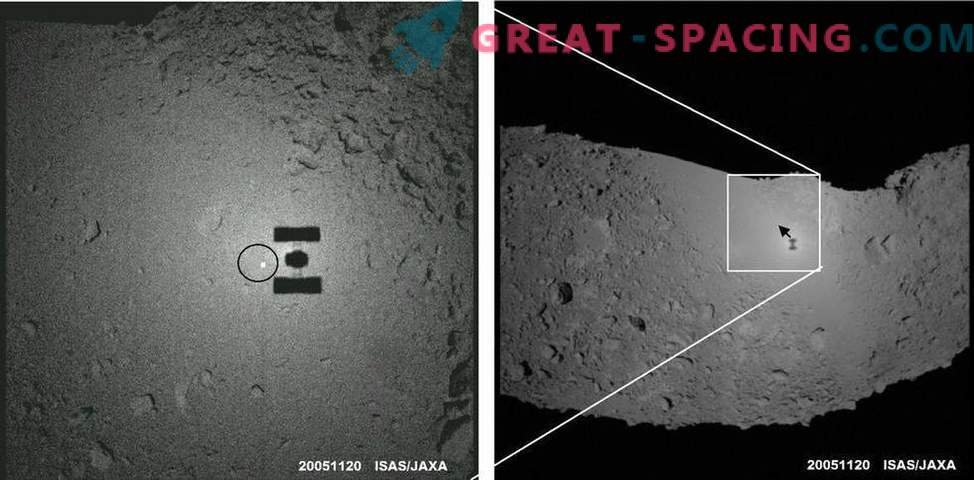
The shadow of Hayabus along with the target marker (circled on the left) was displayed on the Itokawa asteroid in November 2005. - JAXA
Müller, working with the Max Planck Institute for Extraterrestrial Physics (Garching, Germany), became interested in studying the small bodies of the Solar System even during his doctoral studies in 1997, where he tried to apply infrared changes to well-known targets few. He has characterized Ryugu (in collaboration with JAXA) since 2008.
“The mission objectives (Itokava or Ryugo) always attracted my attention for many reasons,” added Muller, providing the list: “1) the opportunity to compare predicted models with the truth, 2) attitude to space projects (I worked at the European Space Agency for several years) , 3) the connection of near-Earth objects and the Earth, 4) to learn more about the building blocks of the planets ”.
Especially for Ryugu, Muller is preparing the latest research that will help engineers adjust instrument settings, assess risks and develop an action plan when the device arrives at the site. They managed to discover the approximate size, brightness (albedo), rotation period and axis, thermal properties.
But when observing remote small objects, problems arise. Since Ryugu is close to spherical shape, it becomes harder to get a light curve. Therefore, astronomers combined radiometric and brightness curve inversion methods to figure out how to evaluate physical and thermal properties.

View of the Itokawa asteroid based on data from the Hayabus spacecraft. - JAXA
“In the observations we see a perfectly point source (we cannot make decisions about the goal from such a distance),” added Muller. “However, we are able to derive not only the size, shape, rotation properties, but also such things as (most likely) surface material (carbon complex organic?) Or the prevailing sizes of grains on the surface (1-10 mm)”.
He added that Itokava and Ryugu offer “fantastic opportunities” to see how modeling is true. Astronomers are lucky, because not so often the devices are sent to small bodies.
“Other experts in small-body characterization / modeling are very likely to use our research to make their own predictions,” he said. - “We wonder who will get closer to the truth.”

